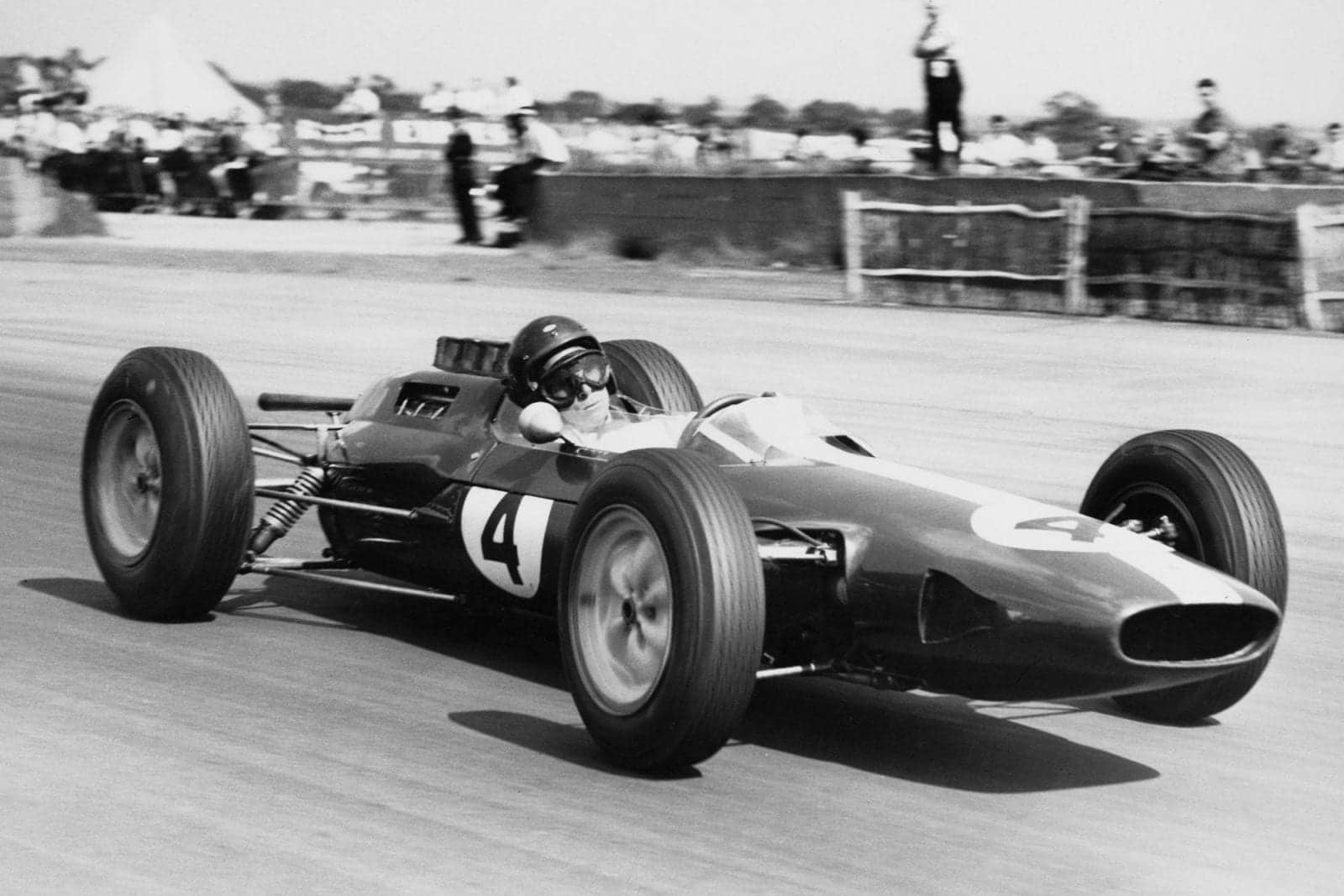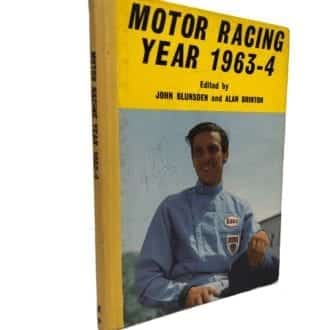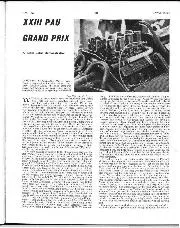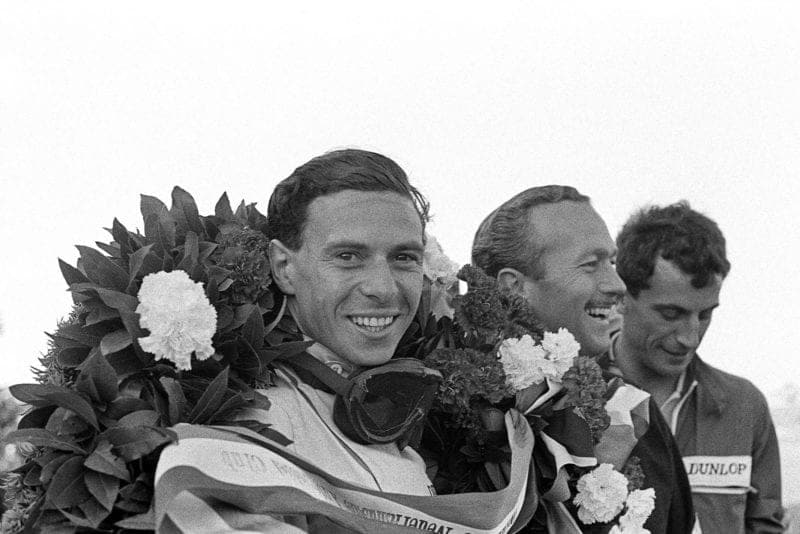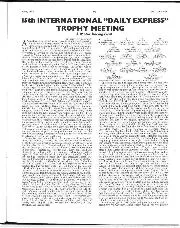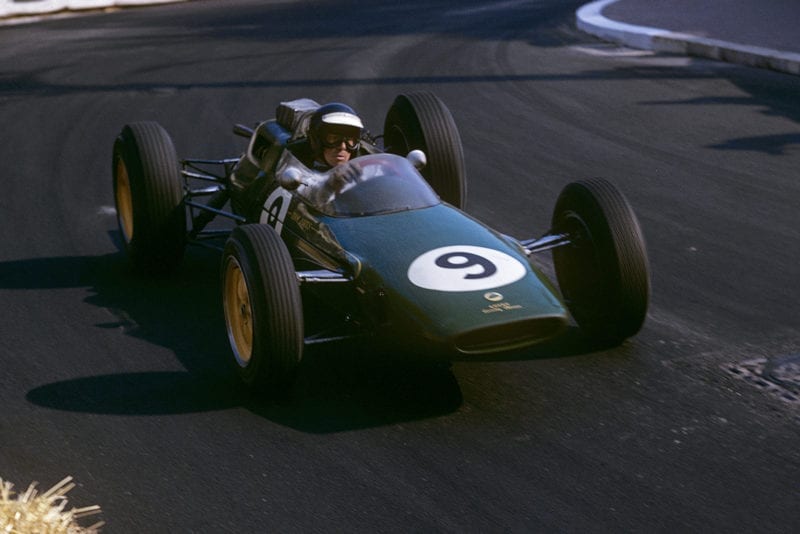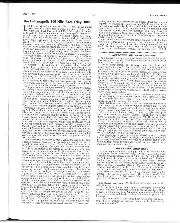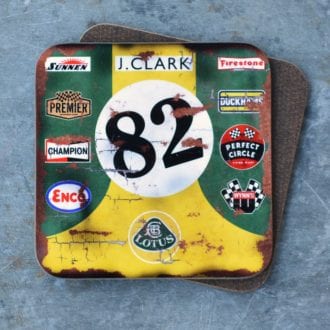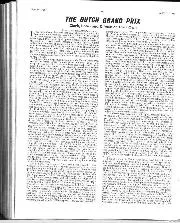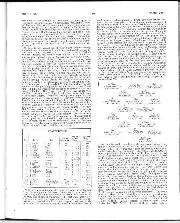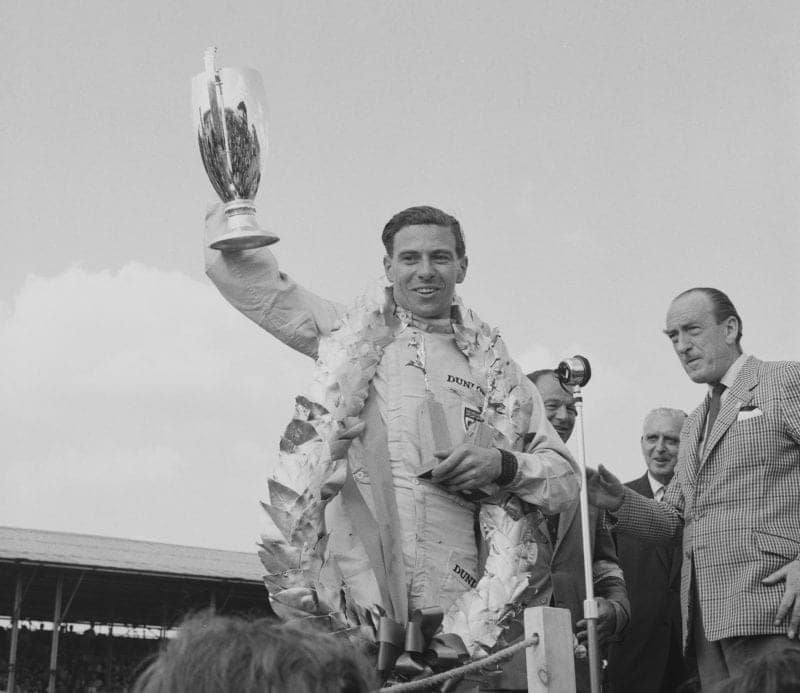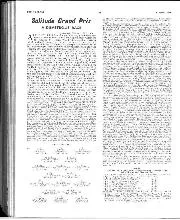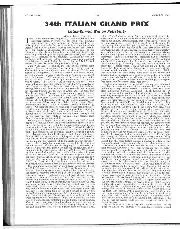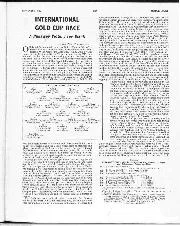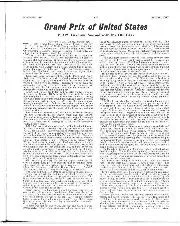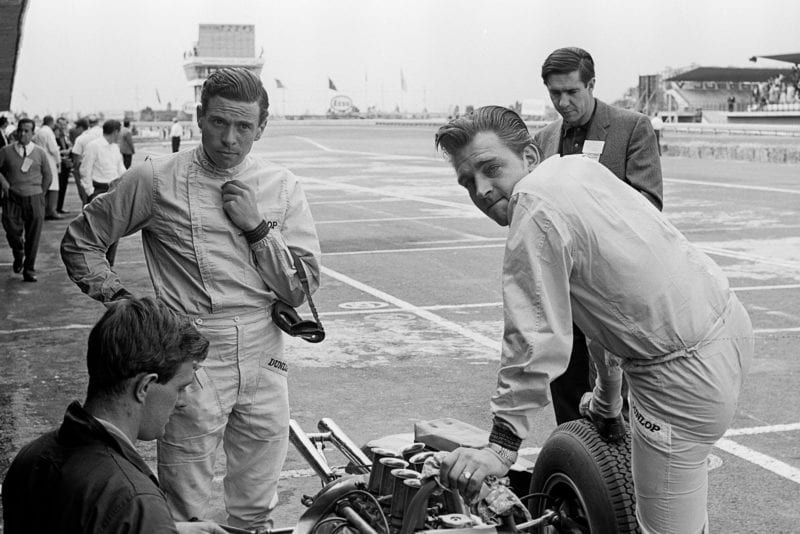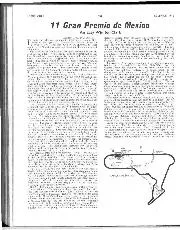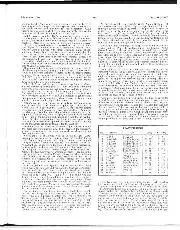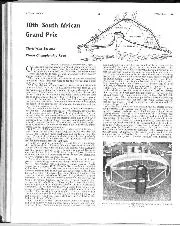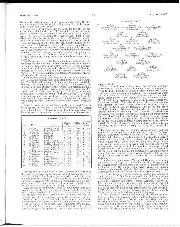“I knew long before it began that 1963 was going to be a hectic, and probably an eventful, season. But I could never have dreamed that the climax of the year’s racing would be an afternoon on which I would rise to the heights of happiness and plunge to the depths of misery all within a few hours”
Jim Clark at the Wheel, February 1964
Lotus boss Colin Chapman worked his star turn hard and Jim Clark was ultra-keen to please at this stage of his career. Though shy with strangers, he revelled in his public displays of virtuosity. Driving was how he expressed himself best. Time spent at his family’s Borders farm recharged the batteries, but he was most serene behind the wheel. It was where his doubts, worries and rivals fell away.
He could with apparent ease drive anything faster than anyone else could or cared to. This talent had broadened his horizons and he was eager for yet more new challenges: it was in 1963, with its added incentive of the Indianapolis 500 – a journey into the unknown – that he confirmed his greatness.
A year to savour: Jim Clark’s diary
March
7th Clark samples the prototype Lotus Indycar at Snetterton. A lengthened, strengthened Type 25 F1 chassis, the Type 29 features (for now) ‘stack’ exhausts, symmetrical suspension and bolt-on wheels. Despite a recalcitrant 4.2-litre pushrod Ford V8, he beats easily his 2.5-litre F1 track record, and impresses when his report of an exhaust rattle unearths a spare bolt caught between tub and primaries.
14th With Chapman and the 29, now painted green, he flies to LA, meets Dan Gurney and his crew and travels with them to Ford’s five-mile banked oval at Kingman, Arizona.
